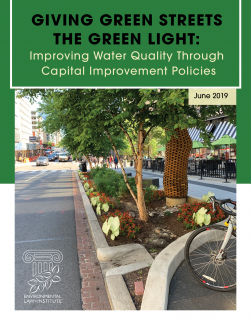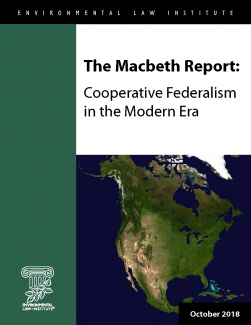Center for State and Local Governance: Resources and Media
Model Governance Tools
ELI and NRDC have developed model food waste reduction policies to make it easier for local governments to adopt solutions. Based on extensive best practices research, these models provide legal language as well as background information and alternative approaches—all of which are intended to help guide stakeholders and policymakers in tailoring the policy to their unique circumstances.



